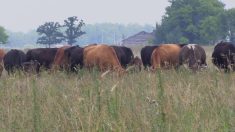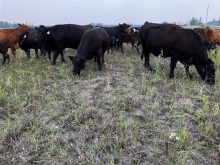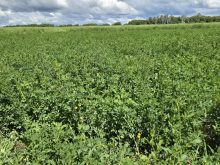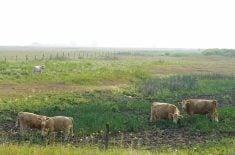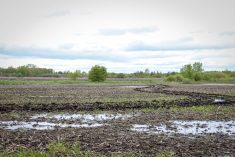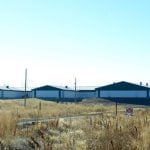Trevor Hadwen says there’s a sliver of hope for Manitoba producers after a drought-stricken 2021 growing season.
As the region settles into the winter, rainfall in the southern corridor of the province has improved the outlook significantly. It’s still dry, but nowhere near the levels seen this summer.
“The drought assessment in Manitoba has pulled back a lot in severity,” Hadwen said during a recent conversation with the Co-operator.
Read Also
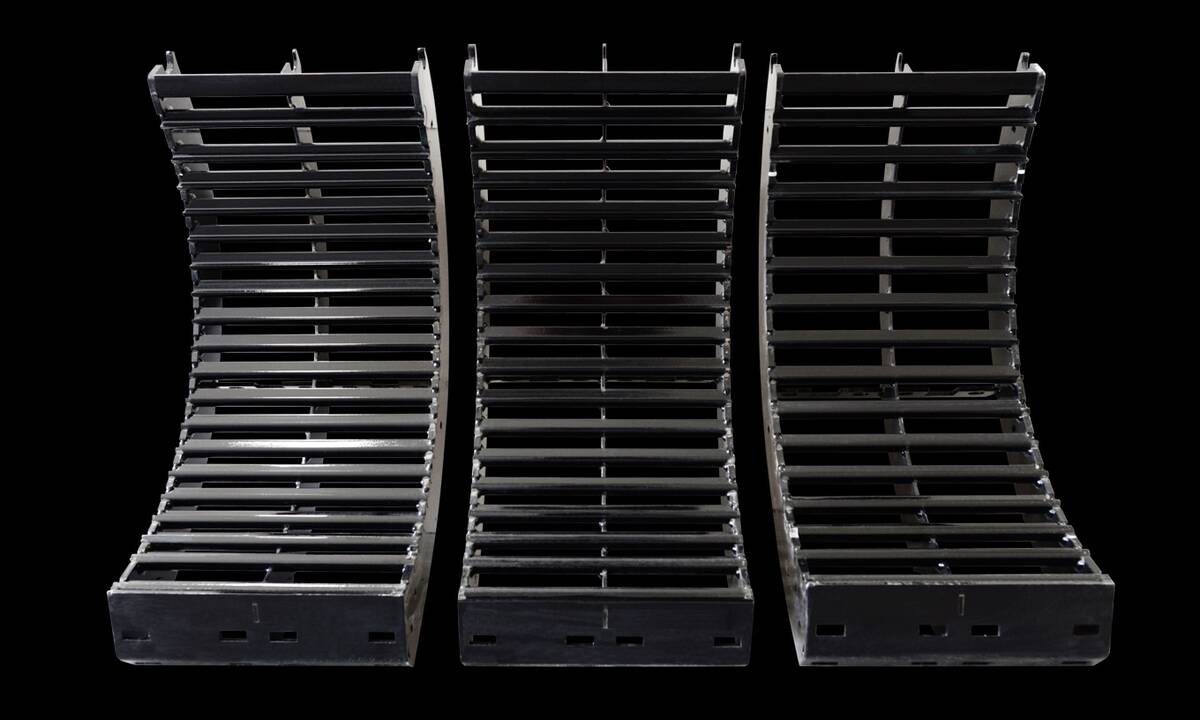
MANITOBA AG DAYS 2026: Stacked equipment category expected at Innovation Showcase
Ten of 28 Innovation Showcase entries at the Manitoba Ag Days 2026 farm show Jan. 20-22 in Brandon are in the equipment category.
“They are still in moderate — or in some cases even severe — drought, but they’re no longer in the extreme drought situation they were.”
That’s unlike the other Prairie provinces. The situation in Saskatchewan and Alberta has continued to worsen, Hadwen said. Everywhere from central Saskatchewan west and north into the Peace River country continues to dry out.
“Manitoba is in a unique position,” Hadwen said. “It’s the province that really started out the drought last year. They’d been dry from the fall of 2019, but had the subsoil moisture from the year before and did OK.”
Now the province is the first to get the relief of rainfall and the outlook appears to be slowly improving, which isn’t the case elsewhere.
“We’re now seeing the western Prairies have not recovered and continue to get worse,” Hadwen said. “As they move into the winter season, they’re sitting where Manitoba was last year. They’re going in extremely dry, after a dry summer. They’ll be hoping for precipitation this winter to replenish their subsoil moisture in the spring.”
Hadwen stops short of saying Manitoba is leading the region out of drought, much as it led it into drought.
“We’re certainly seeing improvement in Manitoba, but they are still in a significant drought situation,” Hadwen said. “Their subsoil moisture and water supplies are not replenished. But they are in a much better position than a year ago.”
Hadwen says he’ll closely watch for accumulated snowfall in coming months and monitor spring melt. A slower and more gradual melt would give the greatest chance for subsoil moisture replenishment.
By the numbers
Three words sum up this past summer in Manitoba: dry, hot and windy.
That’s according to a recent update from the province’s agrometeorology specialists as part of Manitoba Agriculture and Rural Development’s weekly online Crop Talk series.
Agricultural weather modeller Timi Ojo and agrometeorologist Hailey Wright presented data showing vast swaths of the province registered mean temperatures as much as 2.5° above normal.
“It’s worth noting that the entire ag region actually experienced positive temperature anomalies,” Wright said.
That also translated into higher-than-average growing degree days for much of the province, with some areas recording as much as 125 per cent of normal. Corn heat units maps and potato growing days also saw a similar trend toward above-normal accumulations, Wright said.
That was at least partly due to more occurrences of extreme temperatures, Wright said. The province tracks days that register over 30 C at its weather stations. All reporting stations noted at least 10 days over that trigger temperature, and many reported significantly more than average.
The site at Winkler led the province, with 44 days reported with temperatures over 30 C. That compares to just 28 days over 30 C for the same station in the 2020 growing season, when it also led the pack.
Maximum recorded temperatures were also up significantly, ranging from 33 C to more than 40 C. Last year that range was 28 C to 36 C.
Wright’s next slide was a similar map showing rainfall accumulation during the growing season, but she presented it with a cautionary note. It showed rainfall at levels closer to normal than many might have suspected.
“It’s so important to note that this map doesn’t communicate the timing of that rainfall, which unfortunately was too little, too late for so many producers across the ag region.”
It also didn’t capture the length of time between rainfall events, which Wright noted was longer than usual this past season.
“We had an extremely dry July, with really no significant and widespread rainfall from about mid-June to mid-August,” she said. “There was quite a long dry spell there, that’s not obvious in this map.”
Ojo added that wind was another prominent feature of the growing season, particularly in the earlier part.
June 11 was the windiest day of the year, with maximum speeds in excess of 100 kilometres per hour at multiple weather stations. Clearwater topped the chart at 105 km per hour. And while that was a notable event, Ojo said it was just one part of an overall trend to higher wind speeds.
“Over the course of the spring, from May 1 to June 15… the mean maximum daily wind speed for Manitoba came in at 43 km an hour,” he said. “That was a good 3.5 km an hour above the average of the past 15 years.”
Wind quickly dried what moisture the agriculture regions of the province did receive, exacerbating the crop water shortage further.





